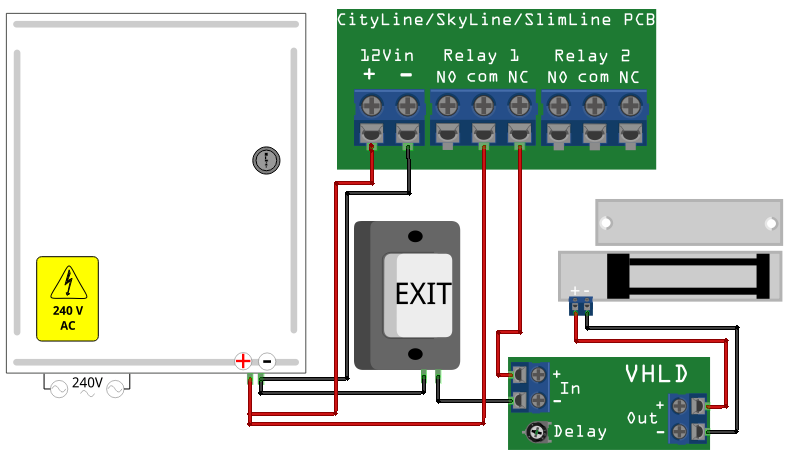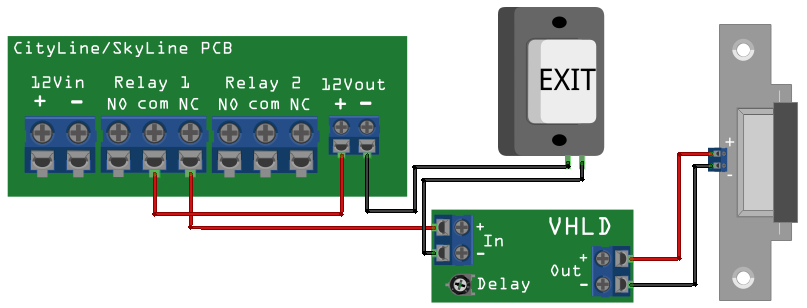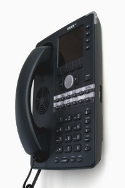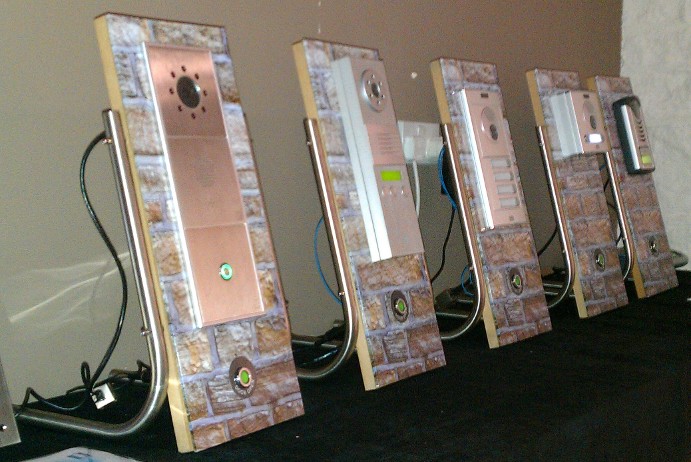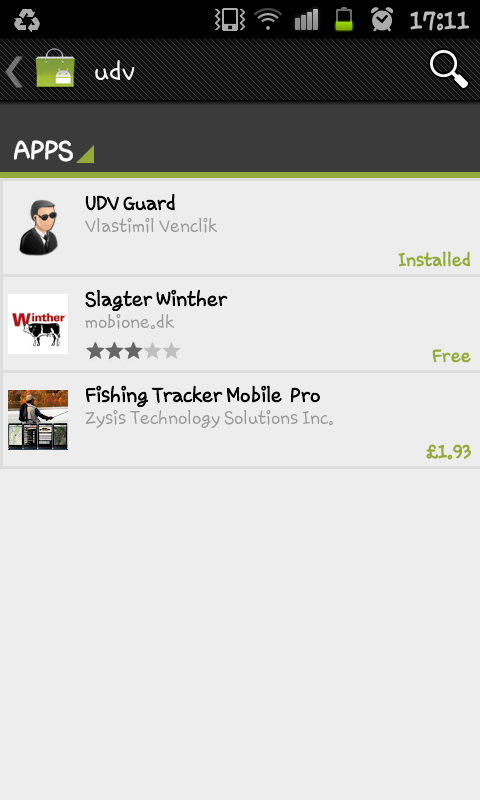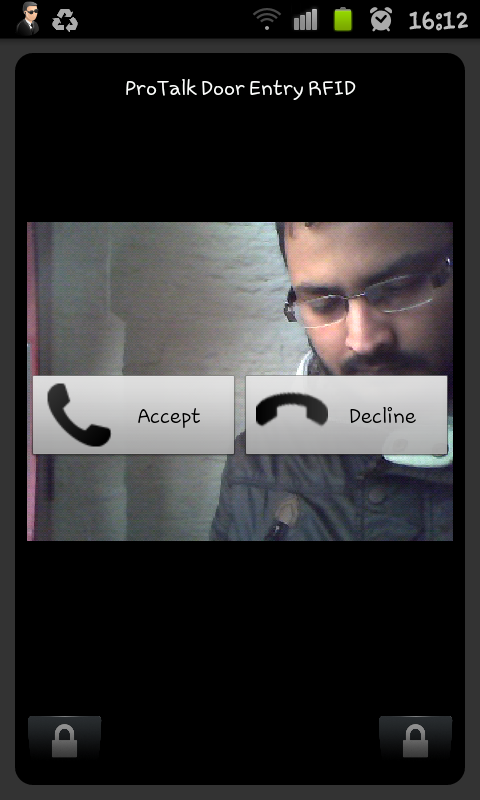Offer has expired (07/12)
ProVu and Sangoma are pleased to announce a special rebate offer on Vega Gateways for Sangoma resellers! Purchase any of the qualifying Sangoma Vega Gateways from ProVu Communications as a authorised “Empowered by Sangoma” Distributor before June 30, 2012, and receive a rebate of up to $250 per unit!
The claim process is quick and easy:
- Contact ProVu Communications your authorised Sangoma Distributor and purchase a Sangoma Vega Gateway.
- After completing your purchase, complete the online form to claim your rebate.
For each Vega purchased from ProVu Communications, Sangoma will rebate you up to $250. For the exact rebate amount for each Vega Gateway see list below.
Sangoma will validate your purchases and authorise payment for the rebate amount. Note: All rebates are in USD.
Rebate amounts:
- Vega50: Analogue RI Gateway $50
- Vega100 E1/T1: E1/T1 Digital Gateway $25
- Vega200 E1/T1: E1/T1 Digital Gateway $50
- Vega400 E1/T1: E1/T1 Digital Gateway $250
- Vega5000: Analogue Gateway $75
Read Sangoma’s T&C of the rebate scheme.


